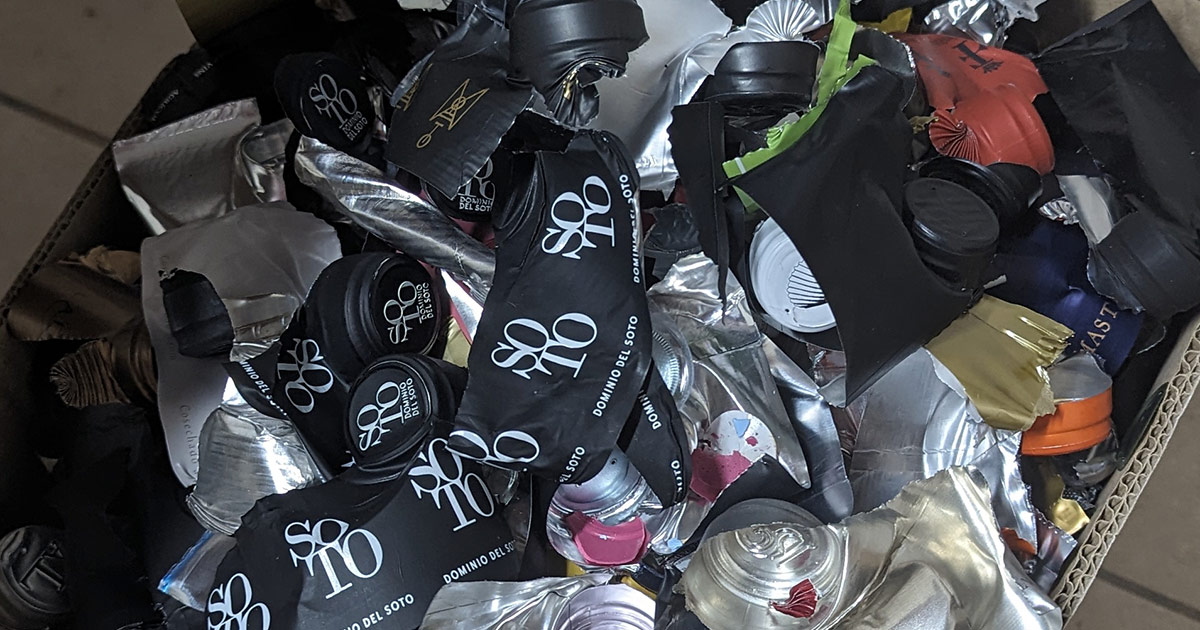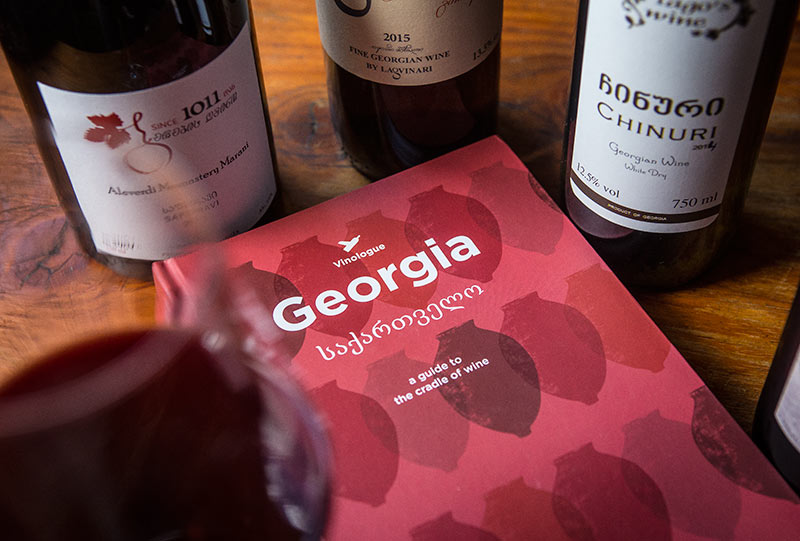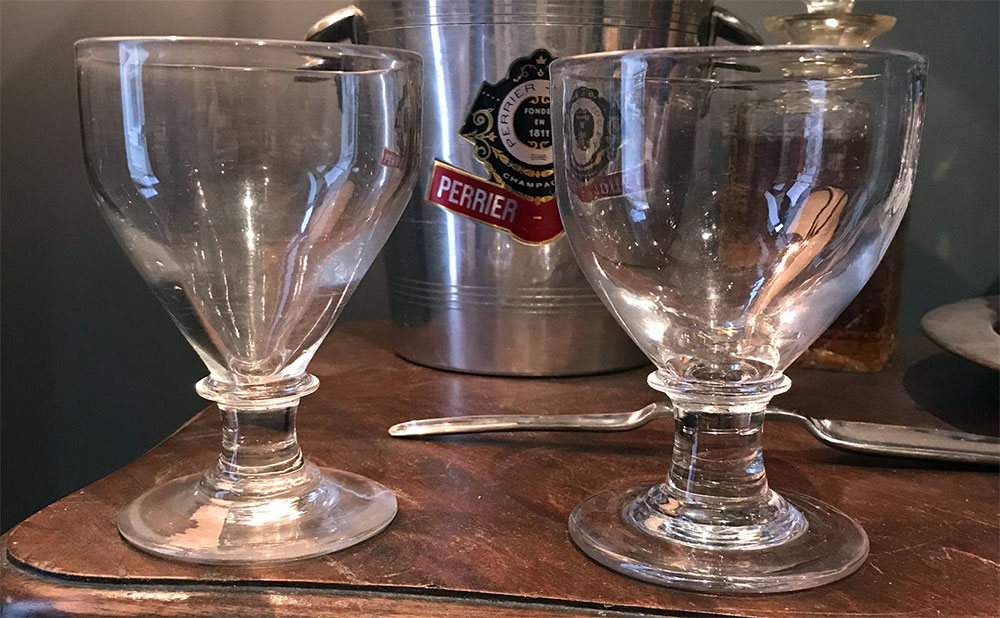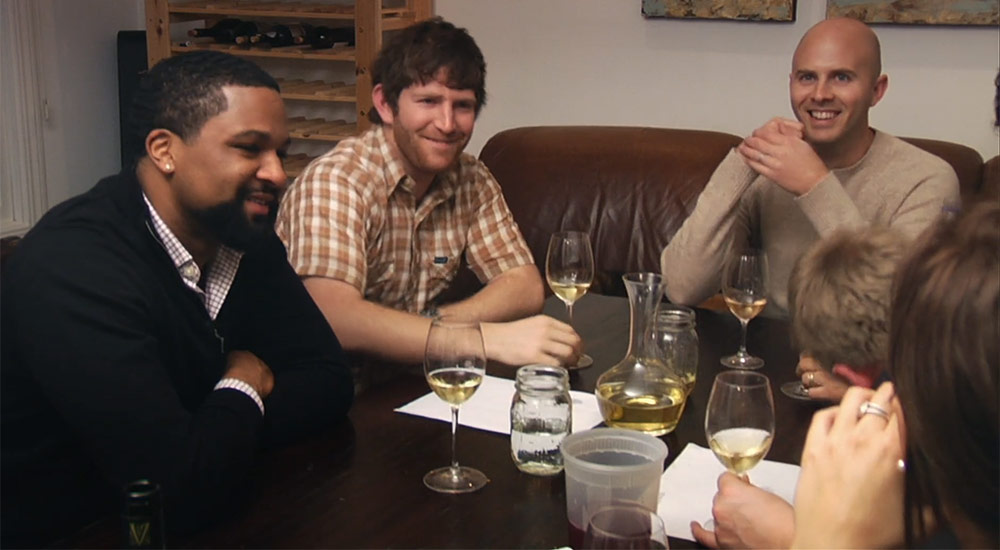I haven’t seen one in a while, but I’m sure the “Save water, drink wine” t-shirts are still lurking out there, ready to spread their pithy and exceedingly-inaccurate message to those who have not seen it as of yet.
I say “exceedingly inaccurate” as the truth is, wine uses a great deal of water to make it. The totals are all over the map with as little as a six to one ratio (water to wine) all the way up to 872 to one. The massive spread is due to how you count the water that goes in either starting out in the vineyard or just what’s used in the cellar. Suffice to say, wine is a heavy user of water and as we all know, despite what other t-shirts might say, it is sadly not a necessary substance for humans to exist.
When one is working in the journalism or criticism of wine, it becomes readily apparent just how much waste is happening due to this wonderful substance as you see the numbers on all fronts from viticulture to production to shipping and drinking. Also, if you’re someone who is rating several thousand wines each year, you quickly see how you’re much more part of the problem than the solution in terms of wine waste. This is something I’m become far too familiar with and have taken as many steps as possible to mitigate.
Free as in wine
For those who see samples to be a blessing as they are “free” wine, the reality is that they’re just part of the job like a book reviewer having “free” books or someone in an office having a “free” printer. It always sounds flippant to state it in this manner, but anyone who constantly bemoans not getting free samples is someone who isn’t serious. The truth is (much like book reviewers I would assume) you quickly find that you need to do something with the large amount of wines that cross your path once you’ve tasted them.
A large issue for years was the common practice to send two bottles of wine that a winery wanted reviewed. The reason being that in the case there were faults, most commonly issues of TCA (“corked”), then you’d have another bottle at the ready to taste as a replacement.
It’s still common practice for this to happen at large awards venues. In fact one I used to judge at requires four bottles for each single wine submitted. There was a point that this became very unnecessary though as the issues of TCA or other faults reduced to being, in my estimation, less than 1% of all the wines tasted. And yet it persists at the competitions in terms of requiring this large number of excess bottles. These large-profit ventures want to make sure that they never have to refund an entrance fee.
For some time, as an independent reviewer, I’ve only asked for a single bottle. If there’s a problem, I ask the winery if I can have a replacement sent to me. If not, the wine just isn’t reviewed at the moment and life goes on. It saves shipping costs as well as costs to the producer in terms of only having to send half as many samples.
While everyone talks about reducing bottle weight or using plastic bottles and the like, this seemed to me a very simple manner to immediately cut CO2 by 50%. Then of course, the pandemic happened and with that, it seems that quality control of natural corks has gone sideways as the number of faulty wines is easily 5% now and perhaps more. This is really unfortunately as we were on to a good thing that was simple to implement and reduce waste in samples. Thankfully a number of wine producers are seeing the issues as well and are switching to alternate cork options such as Diam which solves the TCA problem, at least at the level of the closure. I can only hope to see more of that as time goes on.
And coming back to my earlier flippancy, for those who think me a fool for not taking wineries up on receiving that extra bottle to have an extra for free, let me assure you that I don’t suffer for wine in general (the vast majority of what I drink are wines I’ve purchased) and a great many of wines received don’t need an encore tasting if you get my meaning.
Hotrod argon
There still exists the issue that if you’re receiving samples and tasting them, you pour out a small glass, sniff, and then spit it out. This leaves at least 80% of the wine sitting in the bottle and to me, dumping that down the drain is yet another terrible waste, again, if the wine isn’t faulty.
For some time I’ve been using a Coravin to sample the wines I receive. This allows me to extract a tasting portion and leave the wine inside generally untouched. It’s a decent trade off and I’ve become very popular in the neighborhood as the wines I receive I pass along to anyone local who enjoys wine which is to say, most everyone.
At the very least, this means the wine is drank instead of being tossed down the drain. The only issue is that despite early pitches of Coravin allowing one to keep wine indefinitely, they started reducing that to six months, and then a couple of months, and then no real set stated time limit.
The truth is, the longevity of the wine depends a great deal on the cork and the wine inside as to how long it will last. Also, some grape varieties such as Carignan seem to react to argon very poorly and the wines don’t keep at all. So, when I end up with a batch of samples like for the large Priorat tasting, I get on the horn quickly to pass around the wines as soon as I can.
There is of course another problem in that the argon capsules are not in fact reusable in the way that those for Sodastream are. The official line from Coravin is that they’re “recyclable”, but that means nothing. This was rather irksome to me as I started accumulating a large pile of them. Also, they’re not cheap so I was using the Coravin to taste wines at my expense all in the name of not tossing the wines and given the quantity I taste annually, this adds up.
I then found out about getting an adaptor to plug in the Coravin to an argon tank. Your kilometerage will vary on this as it’s my local enology shop that custom makes them. But if you can get one, it proves to be an immense gamechanger as while it voids your Coravin warranty, it massively lowers the cost of tasting and keeping the wines. More importantly, you lose all the capsule waste as the argon tank (mine is 10l) can be brought back in for a refill—I haven’t a clue when that will be as three years on, I’m still using the same tank.
I realize that Coravin makes all their money on the capsules, but at the same time, these aren’t sustainable and I wish they’d come up with some kind of “Pro” system for heavy users which has a capsule that can be returned for a fill up as the argon tank admittedly isn’t very portable. If they’re continuing to follow this route of the electric toothbrush, I’m sure we’ll see more and more people coming up with creative solutions. As was seen in Russia, the sommeliers there had these custom solutions created given that they couldn’t access the proprietary Coravin capsule because of the sanctions on their country due to its continued invasion and attack on Ukraine.
The rest of the not-so best
It needs to be mentioned that I don’t pawn off every wine I taste on unsuspecting neighbors. I never want to get any pushback from anyone who finds a skunky bottle and then doesn’t want to take any others—reputations are tricky in villages. Admittedly, the girl who cuts my hair and refuses to take payment as I keep her in wine, seems to be happy with anything, but still, I’d like to think I run a class act when it comes to offloading excess wines.
Thus, I end up with some wines in the “lower end” of what would be a basic “Bronze” category (85-87pts) as I do toss the truly unpleasant wines which are thankfully very few in this day and age. I was at a loss as to what to do with this segment of wines for some time until I decided that I wanted to start making a Vi Ranci by initially adding in these wines to a demijohn for a bit of outside sol i serena aging before moving them into a barrel after a year or two.
I discovered an important lesson in that given the average alcohol came out to be less than 13%. This is an issue as it means that the acetic bacteria flourishes and in turn, east the alcohol. It was really something to see in the analyses of the wine as the alcohol went lower and lower while the volatile acidic went higher and higher.
So now, instead of a Vi Ranci, I’m making an aged vinegar. This also works and you can see it in the above photo with last year’s, this year’s, and the mother culture I keep to seed in the future.
We’ll see where it goes, but, as I learned from my friend Goran in Istria, Croatia, it takes about eight years of barrel aging to truly develop. Now, he has two excellent vinegars from Malvazija Istarska and Teran, but they took nearly a decade to get there.
So in the meantime, I wait, but I already have the name chosen: Vinagre de Bronze.
Bits & pieces
Beyond all of this, there’s the standard practice of recycling all the cardboard boxes and what bottles might indeed be left over. This is all pretty standard, even if a great deal of work a couple of times a year.
 The capsules which cover the corks are still maddening however. They’re a tremendous waste and while I know that a massive amount of CO2 usage is in the glass for the bottles, at least a bottle has a purpose to hold a wine in a neutral container. Capsules on the other hand, are trash and about the only thing I’ve found to do is toss them in the general recycling bin with the blind hope that those made of tin can somehow be reused. Someday, this too needs to revisited.
The capsules which cover the corks are still maddening however. They’re a tremendous waste and while I know that a massive amount of CO2 usage is in the glass for the bottles, at least a bottle has a purpose to hold a wine in a neutral container. Capsules on the other hand, are trash and about the only thing I’ve found to do is toss them in the general recycling bin with the blind hope that those made of tin can somehow be reused. Someday, this too needs to revisited.
But this is the sum total of what I’ve learned in about two decades of doing this. There’s no way to make tasting wine samples carbon neutral, but at the same time, one can lesson the impact of it a great deal.
The next challenge is for the issues of travelling to wine regions which is a topic for another article.




